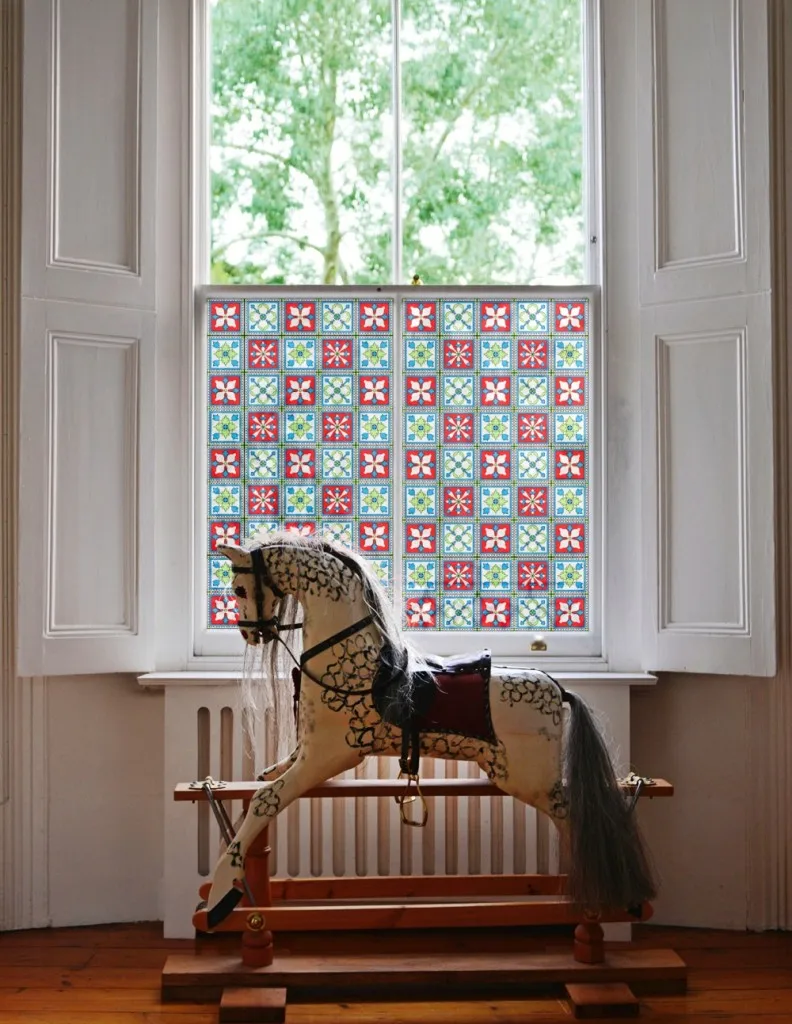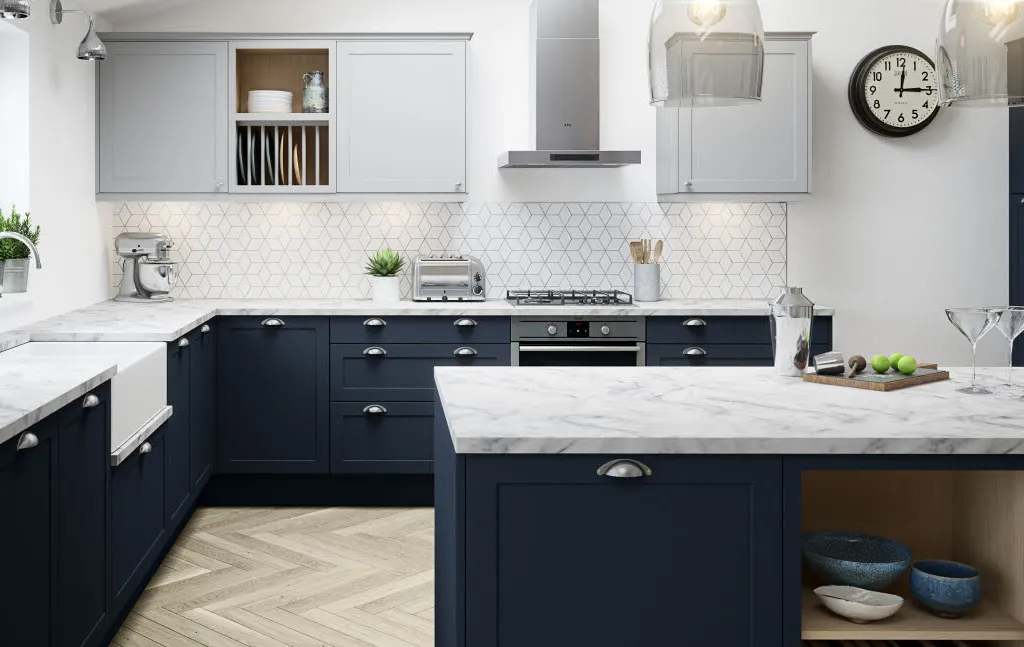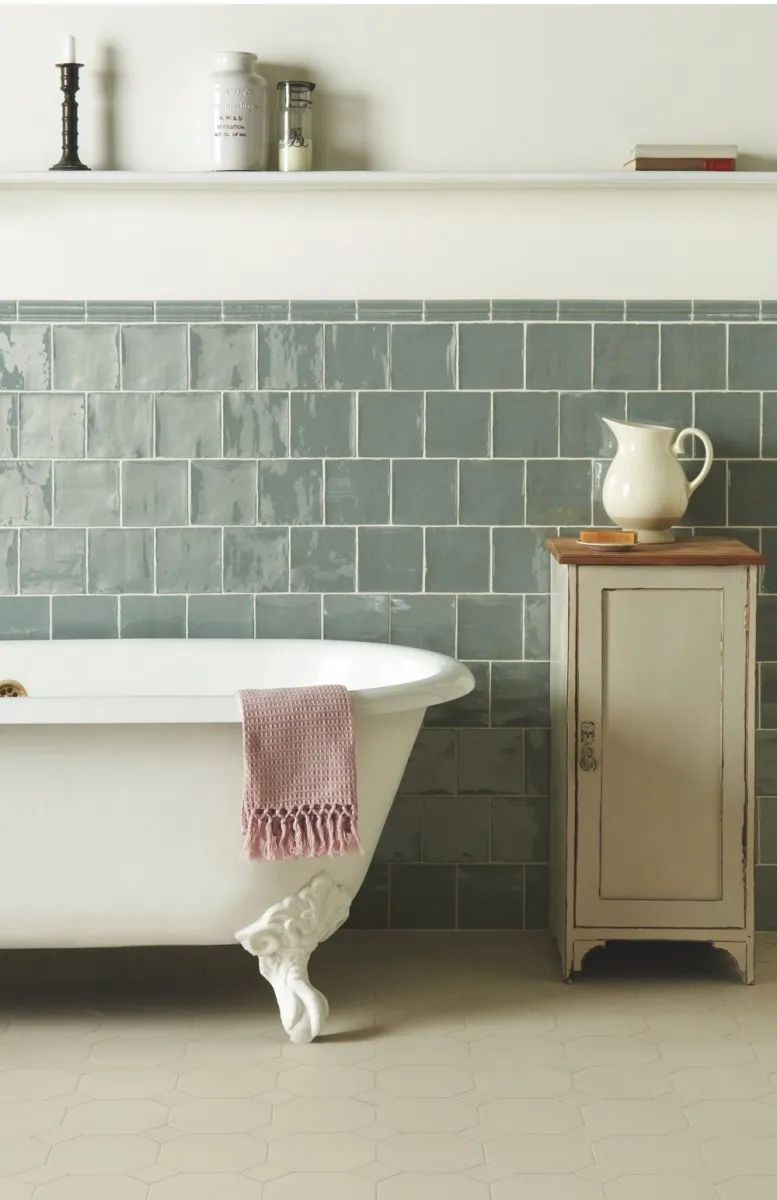There's a lot to love about Victorian properties. With their ornate architecture, elegant proportions and intricate detailing, they were built to be admired, and they've stood the test of time, too.
One third of the houses in Britain were built before the First World War, and most of these are Victorian. Under Queen Victoria's rule, Britain saw a boom in new builds -in a period of less than 75 years, over 6m houses were built, and the majority still stand today.
Maintaining a home that's around 150 years old requires considerable work, and tracking down the best suppliers and products is half the battle. Luckily, we're here to help!
Identify your property
What type of Victorian property do you have?
Gothic Revival
The epitome of high Victorian taste, especially popular after Pugin designed the Houses of Parliament in Gothic style in the late 1830s. Look for pointed roofs and arches, stained glass windows, embellishments such as gargoyles and ecclesiastical touches such as turrets.
Jacobethan
In contrast to the architectural excesses of the mid-Victorian period, this style, also known as 'Tudorbeathan', revived the style of Tudor or Stuart England. Look for castle-like fortifications, steep roof gables, intricate brickwork, high chimneys and half timbering.
Arts & Crafts
The late 1860s movement that was a reaction to the Industrial Revolution, Arts & Crafts valued craftsmanship above all. Look for small cottage-style wooden casement windows, sloping roofs, and bare stone and brick work.
Art Noveau
The most distinctive design style of the turn of the century, some late Victorian homes would feature Art Noveau details such as curving, plant forms, usually in detailing such as stained glass, tiles and fire surrounds.
Terraced
The majority of Victorian builds were built as terraces, where the individual design of a house would be repeatedover and over using identical features.
You can find out more about the different styles in our guide to British house styles through the ages
The best websites for tracing the history of your home
Inspired by BBC Two'sA House Through Time?Jonathan Scott shows you how to trace the history of your house...
Look at the Plasterwork
Cornicing and plaster ceiling roses were the norm for Victorian houses, and the level of detail depended on the status of the room, so a reception room would feature much more intricate plasterwork than a bedroom for example.
After the introduction of mass-produced reinforced fibrous-plaster mouldings, plasterwork became ever more ornate, as prefabricated mouldings could be made and installed by general tradesmen.
How to repair plasterwork:
- Surface stains, such as mould, can be removed by using a mixture of one part bleach to 16 parts water dabbed onto the ceiling. If the fine detail of the plasterwork has been obscured by many layers of paint, it's best to strip it back to the original distemper -try PeelAway 1 paint stripper fromdecoratingdirect.co.uk.
- To replace damaged plasterwork, tryButcher Plaster Workswho can match almost all mouldings and make you a replacement, or create a new mould for you if they can't match it.
- You can usually tell if a rose has been removed, from unevenness on the ceiling. When adding a new rose, align it with the centre of the chimney breast rather than the centre of the ceiling. You can order pieces fromLee Waymade from polymer, they are lighter than plaster.
Fix up the windows

Victorian houses would have originally been fitted with sash windows. If you are lucky enough to still have original sash windows in your Victorian house, here are a few ways you can repair, or if necessary, replace them:
- Poorly insulated sash windows are a common occurrence.Storm Windows are specialists in fitting bespoke secondary glazing without hiding original period features.
- If you need to replace windows entirely, go to a specialist, such asBygone Collection. Their windows could cut heat loss by 75 per cent and they have a huge range of authentic styles to choose from. Price on application.
- TryThe Original Box Sash Window Companyfor single- and double-glazed sash windows, fully draft-proofed and made in timber that has been treated to last
Refresh the fireplaces
Every room in a Victorian house would have had a fireplace when built, but these have often been covered or removed by later occupants.
- If you wish to reinstate a working fireplace, it's best to call in a builder to carry out any structural work. Some specialist firms, such as Acquisitions, can design you a repro fireplace and fit it for you.
- Browse through stock of several hundred original pieces, as well as reproduction items atChesney's. Their experts can advise on the correct choice of fireplace for your home.
- TryStovax for hand-cast reproduction cast-iron fireplaces for solid fuel and gas effect fires.
- Bisqueradiators has a range of traditional radiators with showrooms in Bath and London-the'Classic'design is especially popular for Victorian homes.
- Beautiful fireplaces and surrounds can be found in salvage yards, so it's worth investigating further. Visitsalvo.co.uk.
Work on the floors
Victorian houses generally combine pine floorboards throughout the house with tiles in hallways. Both carpets and linoleum were introduced around the 1850s, but floorboards are key for an authentic feel.
Stripping back to the original floorboards is an inexpensive way of recreating your home's Victorian looks, although they would have been stained to resemble mahogany rather than today's trend for lighter woods.
- Manufacturers of all types of hardwood flooring,Heritage Woodcraft has a large stock of strip flooring and planking, ideal if you are repairing sections of a wooden floor.
- Criterion Tilesis an invaluable resource for wall and floor tiles from the Victorian period, including discontinued tiles.
Kit out your kitchen

Kitchens have come a long way from the hot, overcrowded powerhouses of the mid Victorian household, so a faithful recreation of a period kitchen would hardly suit the demands of modern living. It's still possible to have a design that has all the mod cons, though, while complementing the rest of your Victorian home.
- Smallbone of Devizes' Mandarin collection, with its lightly recessed panels, takes inspiration from the Arts & Crafts tradition and would suit a 1860's Victorian house.
- Magnet's'Shaker'kitchen combines freestanding pieces and a Belfast sink for a traditional look.
- Crabtree Kitchens make bespoke designs using traditional joinery techniques, and are happy to match a kitchen to your home's architectural features.
Update your bathroom

The combination of an improved water supply and advances in ceramics and iron led to a revolution in sanitary ware during the Victorian period, making the bathroom an increasingly important part of the house.
Today, period touches such as roll-top baths and copper 'slipper' baths are a must.
- Fired Earth's'Shaker'range incorporates freestanding washstands for an authentic Victorian look.
- The'Savoy'bathroom suite fromThe Bath Storeis influenced by Victorian design.
- Heritage Bathroom's' NewVictoria'suite combines a freestanding bath with claw feet and a pedestal wash basin.
- The Water Monopolyhas an extensive range of freestanding baths and showers, including rare antique pieces in copper and ceramics.
- CP Hart'sfreestanding baths are a modern take on the traditional roll top bath, ideal for a subtly contemporary feel.
- Opt for a cast-iron bath-the'Spey'bath fromDrummonds.
Add the finishing touches
Victorian front doors
- London Door Company offers period and contemporary doors made in solid hardwood.
- If your doors are beyond repair, try a reclaimed door from The Original Choice in Birmingham.
- For finishing touches,The Victorian Ironmonger has original letterboxes, door knobs, eschutcheons and latches.
Skirting boards
Victorians used deep and shapely skirting boards throughout their homes. Most original designs can still be bought from stores, such asB&Q.
Dado rails
These were used to protect wallcoverings from chair backs. You can usually see where a dado rail would have been. TryHouse Martinto choose from a selection of rails, as well as adhesives and tools needed for the job.
Picture rails
These should be placed 1ft to 1ft 8in below the ceiling cornice to form a frieze.Wickesdo a pine picture rail which best resembles the Victorian style, or tryukhomeinteriors.co.ukfor more elaborate styles.
Taps
- Samuel Heath's'Fairfield'taps and mixers are available in a variety of delightful finishes.
- Twyfordbathrooms was established in 1849. Try their'Persuasion'range for a traditional look
Wall coverings
WallpapersHamilton Weston Wallpapers and Design reproduce wallpapers from their extensive period archive. If you have an existing wallpaper you want to match,Alexander Beauchampreproduces period papers.Cole & Sonalso specialise in archive papers.
PaintsDulux Heritageis a collection of shades specific to the Victorian period.Farrow & Ballalso stock a wide range of traditional shades.
FabricsZoffanyare experts in 19th-century fabric designs.Colefax and Fowler offer traditional English fabrics such as chintzes and velvets as well as coordinating trimmings.

